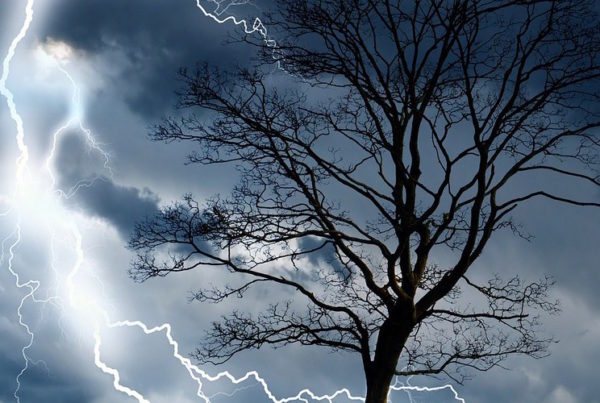Tree Trimming and Pruning
If a tree becomes a hazard or its health declines, it may be necessary to remove the tree from the property. Large trees especially can present dangers to property and people. Tree trunks and branches can be very heavy and require specialized equipment to lower them to the ground for the safety of everyone in the area. In these instances, request emergency tree services right away!
Trimming a tree can have two functions. For one, tree trimming helps with reducing hazards, but it can also be used as preventative maintenance. While hazard reduction removes potentially problematic tree branches, preventative maintenance occurs when trees are regularly cared for and pruned to keep them their healthiest.
At Capital City Tree Service, we provide high quality tree trimming services to the Little Rock area. We know trees not only affect your property’s value but are an important part of your landscaping. Whether your smaller tree needs pruning to keep it looking its best or a larger tree on your property is posing a problem, we have the equipment and knowledge you need to get the job done.
Tree Services Little Rock, AR
When it comes to tree trimming, certified arborists know certain trimming techniques that are more beneficial in specific circumstances. For example, some types of tree trimming simply make a tree look nice, while others are preventative or help a tree’s health in significant ways.
Capital City Tree Service in Little Rock, AR provides all types of tree trimming techniques and provide tree removal when required, giving your trees a better lifespan because of the care and attention they receive. We care about your trees and work towards not only making them look nice, but helping them last longer, too!
Some common tree trimming techniques used on your trees when Capital City Tree Service are outlined below, but if you ever have any questions or want more information, contact us for help!
Tree Trimming Techniques
Raising – Removing or trimming tree limbs in order to elevate the tree’s overall canopy. When an arborist employs raising, the end goal is to allow for better visibility to the house or backyard where the tree is located and also to increase sunlight to the lawn that had previously been blocked by the canopy. This improves grass growth and can make for a more lush, green lawn as well as a healthier looking yard in general.
Deadwooding – Done to prevent future decay and heal dead areas of a tree, deadwooding refers to removing dead and broken tree limbs. This is not only important for the tree’s health but can prevent dangerous situations such as limbs falling on others, causing major injuries.
Pruning and Shaping – Unlike some tree trimming techniques that focus on improving tree’s for their health or to prevent tree limbs from injuring others, pruning and shaping refers to the aesthetic practice of making tree limbs and branches more formal. An arborist might prune and shape smaller ornamental trees to make them look nice and give the yard an appealing appearance.








